资源
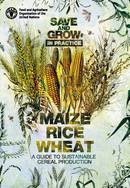
Publications - This book is a contribution to creating the world we want. Maize, rice and wheat are fundamental to world food security. Although the 2014 global cereal harvest was an all-time record, most of it was grown in a few key production areas, where farmers are paying the price of decades of intensive monocropping: soil degradation, groundwater depletion and a marked slow-down in the rate of yield increases. In vast areas of the developing world, farmers obtain barely a fraction of potential yields, owing to natural resource constraints and lack of access to the knowledge and technologies that would enhance their...
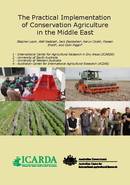
Publications - This publication produced by ICARDA and the Australian Government is designed to help innovative farmers, machinery manufacturers, extension specialists, and researchers learn more about conservation agriculture (CA) in the Middle East, especially the practicalities of implementing the various CA principles in the field. Although CA was little known in the Middle East prior to 2005, it has been increasingly adopted around the world over the past four decades, and has been adapted to almost all crops, soil types, climatic zones, and farming systems.
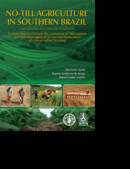
Publications - This publication is an account of the technical developments in no tillage systems that took place in southern Brazil from the viewpoint of the principal actors in the process. Special emphasis is given to the mechanization of conservation agriculture, as it is in this area that the domestic agriculture machinery industry has played a key role adapting and developing indigenous technologies suited to different soil and climatic conditions as well as to the soil conservation management strategies preciced in the country. The ability to generate diverse, flexible and innovative technical solutions for different categories of farmers has put the agricultura...
Save and Grow
2011
2011
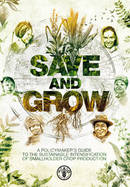
Publications - With the publication of Save and Grow in 2011, FAO proposed a new paradigm of intensive crop production, one that is both highly productive and environmentally sustainable. FAO recognized that, over the past half-century, agriculture based on the intensive use of inputs has increased global food production and average per capita food consumption. In the process, however, it has depleted the natural resources of many agro-ecosystems, jeopardizing future productivity, and added to the greenhouse gases responsible for climate change. Moreover, it has not significantly reduced the number of chronically hungry, which is currently estimated at 870 million people. The challenge is to place food production and consumption on a truly sustainable...
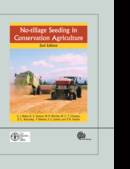
Publications - This book is a much-expanded and updated edition of a previous volume, published in 1996 as ‘No-tillage Seeding: Science and Practice’. The base objective remains to describe in lay terms, a range of international experiments designed to examine the causes of successes and failures in no-tillage. It summarizes the advantages and disadvantages of no-tillage in general, but takes the view that the case for widespread adoption of no-tillage has already been made by others. The authors have been involved in designing new equipment, but the new edition is notless promotional of any particular product but does highlight the pros and cons of a range of features...
